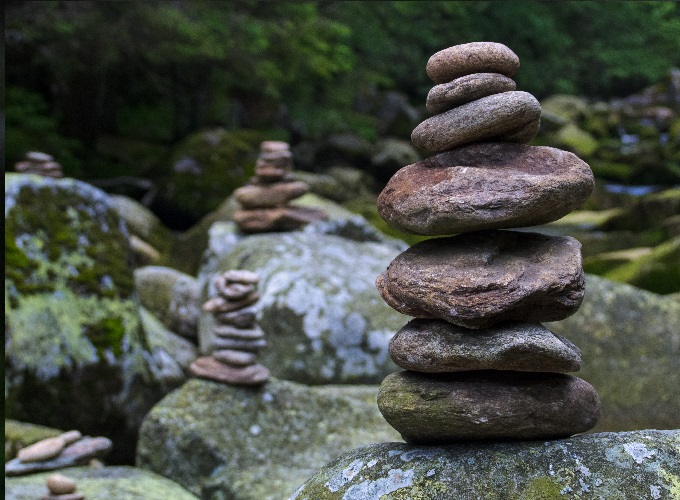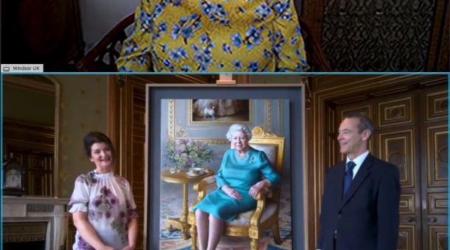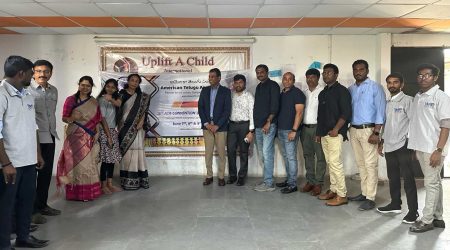By Juliana Di Leonardo
Rocks of various sizes stacked high around waterways, beaches, forests, and deserts are a common fixture nowadays when visiting natural landscapes. These piles, created by humans, may appear harmless, meditative, and inspiring to others, but by building these sporadic towering monuments we unintentionally disrupt our fragile ecosystem. The arbitrary stones used in creating these structures serve a greater purpose for animals much smaller than us and provide safe places for them to hide, live, and breed. As our society continues to struggle with daily stressors, more individuals choose to find refuge among nature, a perfect place to reflect and go inward, but could their attempted “right action” be tainted by incorrect thought? If meditation is good, then why is rock stacking bad? It all comes down to habitat loss.
The rapid loss of species we are seeing today is estimated by experts to be between 1,000 and 10,000 times higher than the natural extinction rate. Habitat loss, primarily for clearance of cattle-farming operations and crops to feed these animals and the world’s growing population, as well as logging and clear-cutting to build homes for humans, has been identified as a main threat to 85% of all species described in the IUCN’s Red List (those species officially classified as “Threatened” and “Endangered”). When people stack rocks, they remove the natural homes that house and protect native species like salamanders, insects, fishes, and geckos in the few communities these animals have left. Destroying these homes leads to more competition for less resources, resulting in further species decline. For us human animals, our homes are built with multifarious materials to produce a functionally secure dwelling with plumbing, electricity, and enough space for multiple family members, so it doesn’t come as a surprise that a simple stone is often seen as “just a rock” rather than someone’s lodge. However, when a rock tower is completed, it converts housing for these sensitive animals into an unnatural structure without benefit to the natural ecosystem and the individuals that call that ecosystem home causing a great amount of harm.
For this week’s Anuvrat, or small vow, I encourage you to learn about the impact we have on the world around us, big or small, and to take steps to limit your negative impact on the world. To ensure that our right actions are cultivated by right thoughts we must be mindful of the consequences that come with every decision we make. The more we know, the easier it will be to practice active kindness, or ahimsa. If you choose to venture into the wilderness and come across a stack of rocks, instead of joining the unconscious, take some time to dismantle these rock creations knowing that with this small act you are giving others the opportunity to thrive.

Juliana Di Leonardo is the Vice President of Humane Long Island. She is a yoga and ballroom dance instructor, model, and artist. Her advocacy for animals exploited by the fashion industry was credited in the 2021 documentary “The Face of Fashion is Fear” and recognized by PETA with a Hero for Coyotes award.












